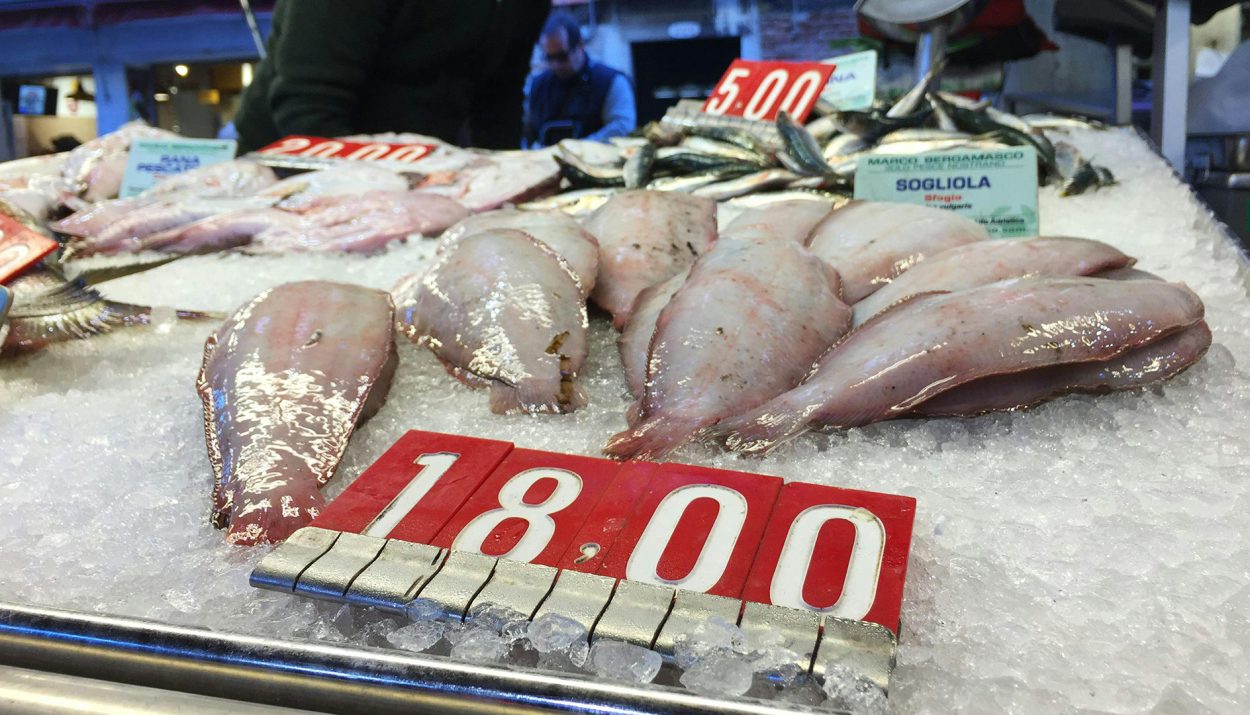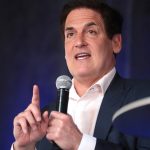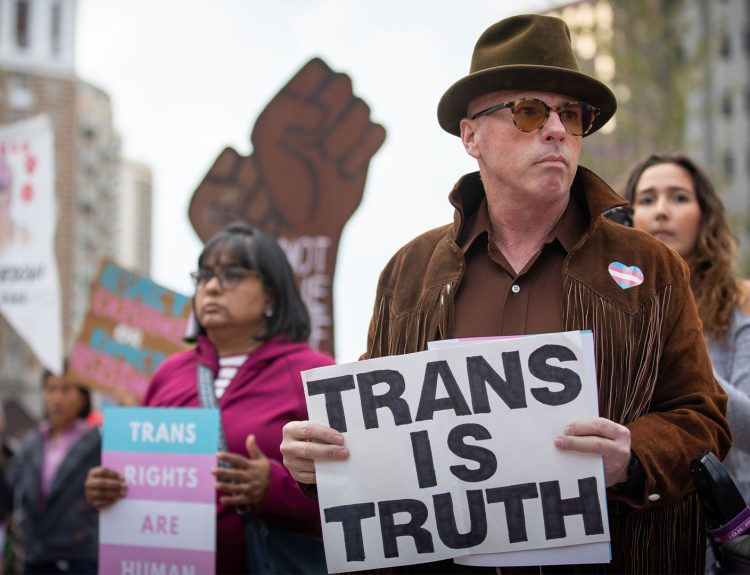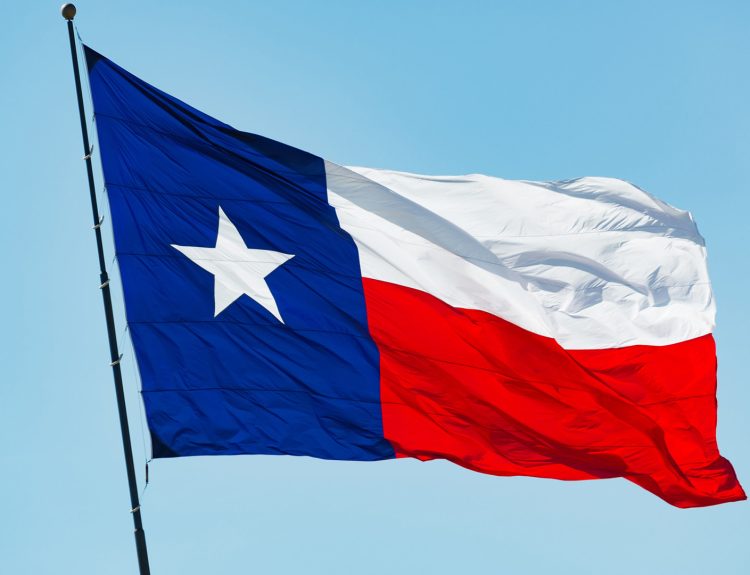Inflation and high prices at the grocery store are two conversations that have been consistent in both the news and everyday discussion. Average Americans are feeling the squeeze around increased prices for everyday goods, and though many people have tolerated the increased prices for the last several years, it appears that American patience and tolerance may have reached its limit.
Low Prices During COVID
Prices for many things fell in the early days of the COVID-19 pandemic, with interest rates near zero in an attempt to help keep the economy afloat. Pandemics are often precursors to economic downturns, and many of the choices that were made during that time were done in an effort to prevent a recession.

Some of those choices included things like pandemic aid packages that were passed by both the Biden and Trump administrations, which put cash directly into the pockets of businesses and consumers. While there were some financial experts who warned against the possible risks of pouring so much direct cash into the economy, the benefits of providing for individuals outweighed the risks, at least in the beginning.
Not For Long, Though
Over time, though, the results of both the pandemic and the choices made by the government became clear. Inflation, which had been very low for a long time, started to increase. This was due to a number of factors, including product scarcity and high demand caused by pandemic supply chain issues.

Seeing inflation and prices rise at such a dramatic rate after being low for such a long time – who else remembers the days of gas that was less than $2? – shocked the American public. Unfortunately, there was little that could be done when the pandemic was still raging. American consumers simply had to swallow the increased cost.
The American Economy Quietly Suffering
Once things started to go back to normal, though, it became increasingly clear that the American economy was in drastic need of attention. Inflation skyrocketed to a stunning 9% at its highest measurement, business boomed and unemployment dropped, and the Fed was tasked with the newly challenging task of cooling a hot economy without causing a recession.
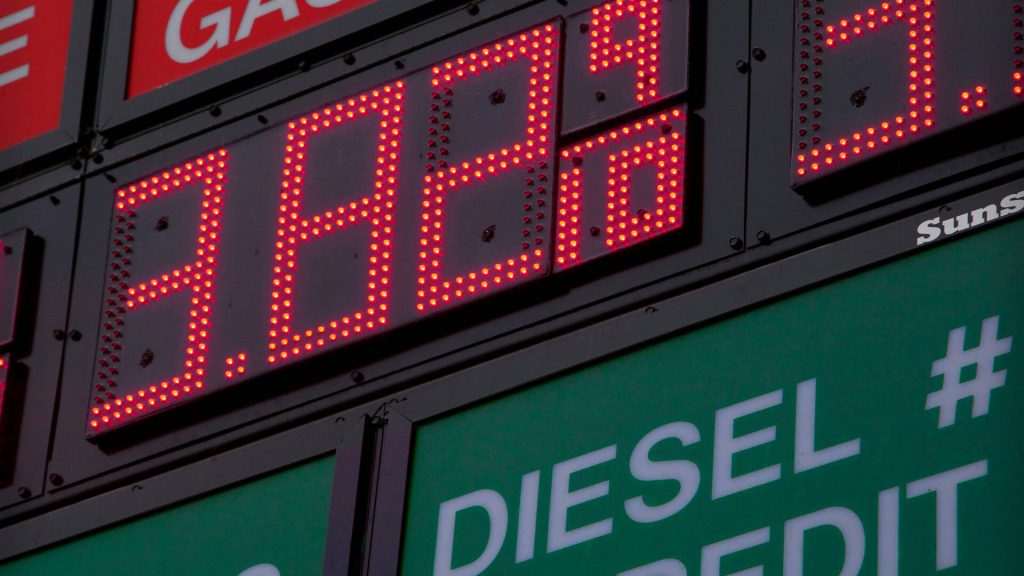
In order to achieve this, the Fed relied on one of the few tools that it has in its arsenal when it comes to addressing inflation: raising interest rates. Interest rates had been at near-zero levels for so long that when the Fed started to aggressively hike rates, it was felt throughout many aspects of the economy.
The Fed Coming In a Little Late
Unfortunately, this did not have an immediate desired effect on prices or on supply. American consumers still had to deal with inflated prices for many goods that simply cannot be done without. This includes groceries and gas, which stayed at insufferably high rates for a not-insignificant amount of time.

The fact that jobs continued to be created and added to the economy did not help matters either. As paradoxical as it sounds, low unemployment and high wages are actually contributing factors to inflation, which the Fed has been trying to counteract.
Americans Blaming the President
Because of factors that would typically signal a strong economy, such as high wages and low unemployment, inflation has remained stubbornly high for consumers. The Fed has had to raise rates multiple quarters in a row throughout the Biden administration, which has not endeared many Americans to the president.
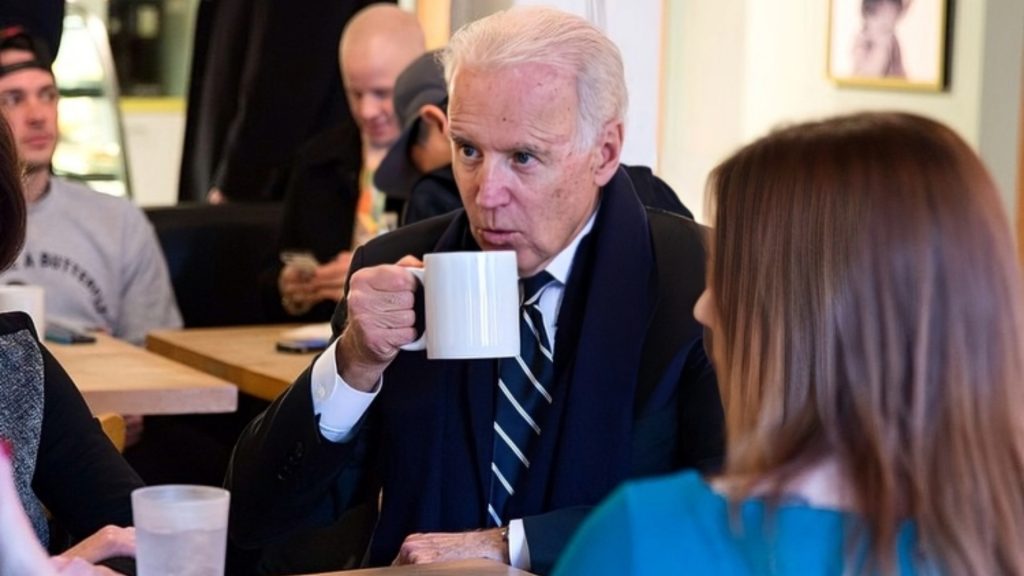
This is in spite of the fact that the current President of the United States actually has very little to do with inflation and the factors that cause it. Some things, like the pandemic or the war in Ukraine, cause inflation by virtue of their existence, and cannot be predicted. The president can advocate for policies and actions that could address inflation, but in general, is unfortunately a bit of a sitting duck.
Inflation Has, Thankfully, Come Down
Thankfully, over time, the aggressive action that has been taken by the Fed appears to be working. Inflation has come down significantly, from the high of over 9% in 2022 to just over 3% in the final fiscal quarter of 2023. This is just half a percentage point over inflation in the summer of 2020, meaning that inflation is almost back to the Fed’s goal.
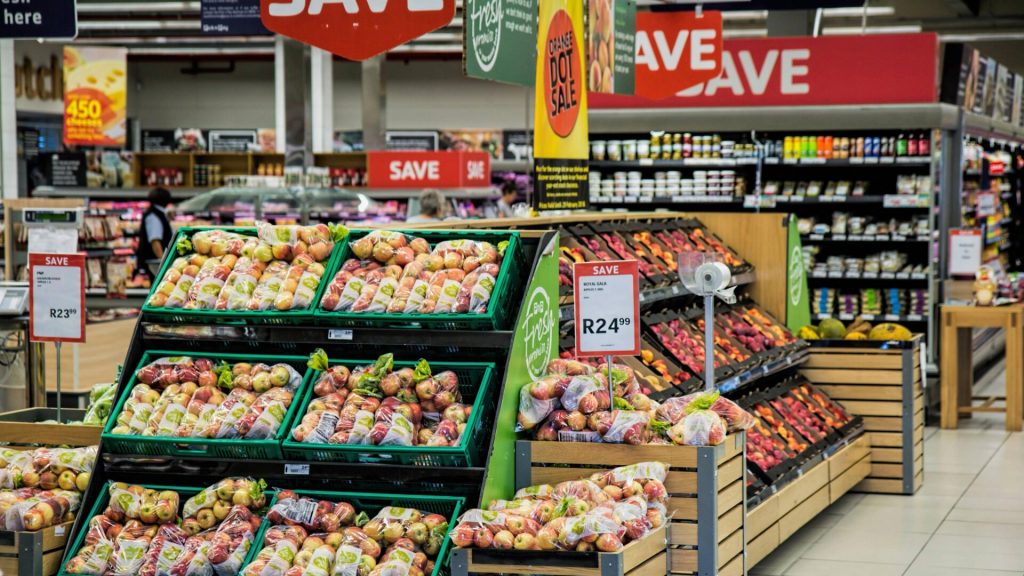
Unfortunately for Americans, though, this doesn’t mean that prices are coming down. It simply means that prices are rising at a significantly slower rate than they had been at the height of inflation. While deflation is generally the sign of an unhealthy economy and an incoming recession, Americans are still understandably frustrated with the state of high prices and what they perceive to be the cause of it.
Greedflation Enters the Chat
Because, while it is true that some factors like the war in Ukraine caused inflation in sectors such as gas, it’s also true that companies have been raking in record profits during these financially difficult times for Americans. Profits have been booming across all sectors, and CEO’s have even commented on the high profits during earning calls with their investors.

Some of the rise in costs could be attributed to the higher price of goods, which is part of the reason that new housing costs are currently so high. But that doesn’t explain the significant profits that CEO’s have been bragging about, and Americans have come to a conclusion that is not flattering to these corporate shareholders: they’re raising prices for profit alone, and simply because they can.
Americans Shifting Their Shopping Habits
Fed up with this phenomenon, which many have coined “greedflation,” Americans have had to make drastic adjustments in their shopping habits. For many, this looks like a shift away from buying brand names in favor of store brands, and purchasing fewer luxuries such as snacks and or gourmet foods.
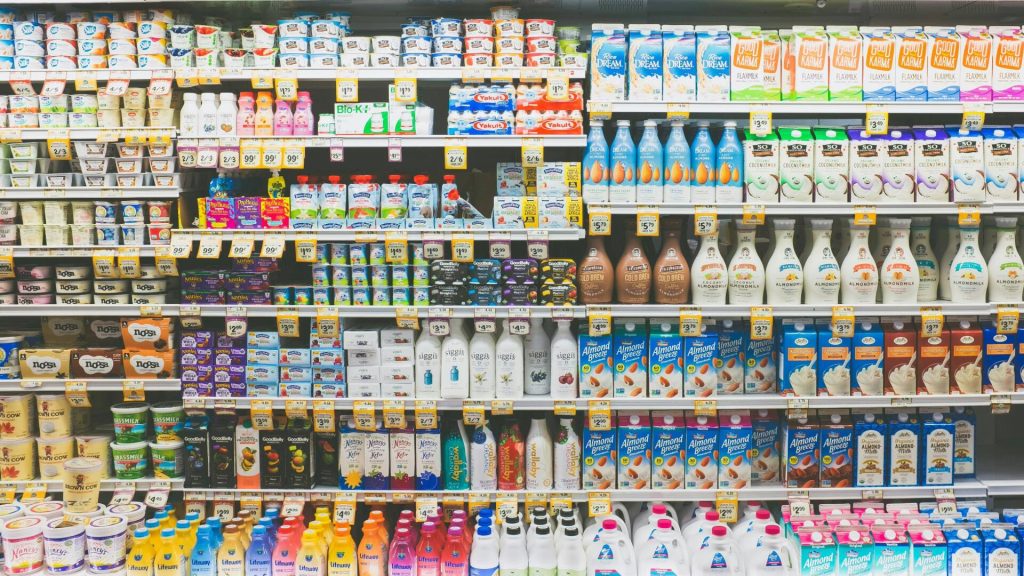
This shift in purchasing mindset can be seen across industries, too. More Americans are buying used cars in favor of new, forcing car manufacturers to offer discounts on new cars again. The most significant changes and pushback against price gouging can be seen with food, though, as well as consumer goods like paper towels and napkins.
Companies Forced to Respond
This resistance on the part of consumers has forced large food companies to respond, sharply slowing price increases from the drastic peaks that have been seen for the last few years. Again, this doesn’t necessarily mean that prices are falling, though some goods such as eggs are seeing prices below their peak.
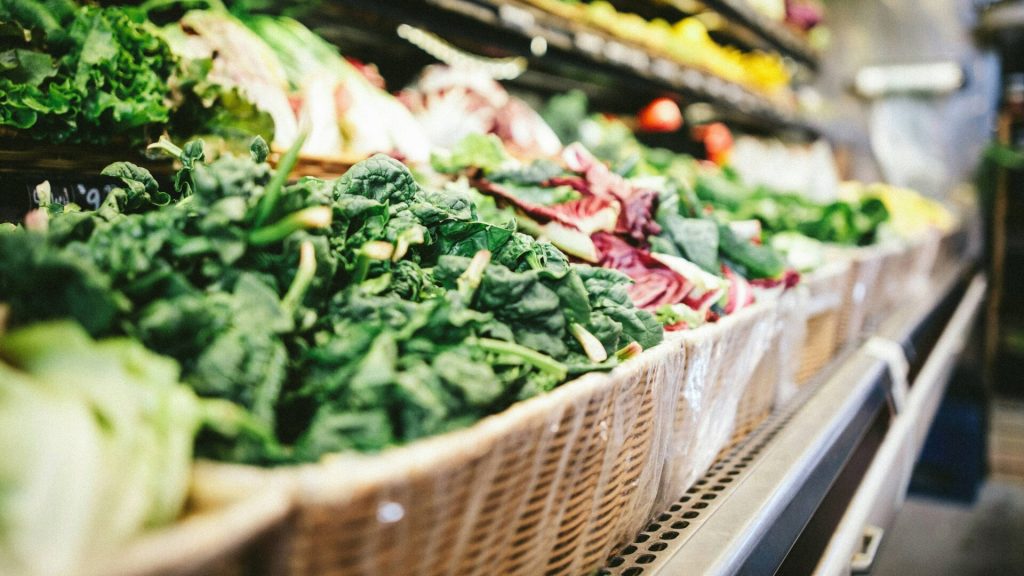
The milder increases in prices should help to further cool inflation. If that is the case, then the Fed will likely be able to move forward with their plan to start lowering interest rates during the 2024 fiscal year, though the chair of the Fed has stated that they’ll be keeping a close watch on the economy to make sure that inflation doesn’t see a resurgence.
Biden Siding with the People
Lower inflation and interest rates would be a boon to President Joe Biden, particularly in an election year. Public frustration with prices has become a central issue in Biden’s bid for re-election, with polls showing that many consumers are unhappy that prices are still so much higher than they were in 2021.

Biden has sided with the consumers in this battle, criticizing major corporations for increasing their prices exponentially in order to increase their own profit. The White House has also attacked “shrinkflation,” which is a phenomenon where a company reduces the amount of produce in an item to continue to pocket more profit on materials without raising the cost.
Consumers Have Made the Right Choice
Many economists believe that the consumer pushback against high prices will lead to a very different result than the 70’s and 80’s saw regarding high inflation. Many were concerned that consumers were becoming accustomed to paying higher prices, making inflation more difficult to defeat in the long term.
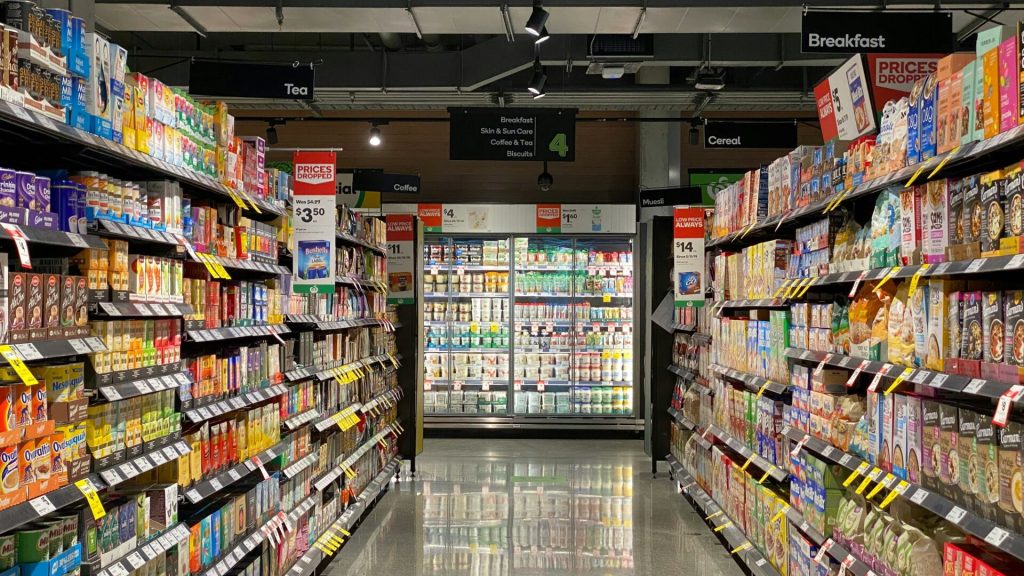
Changing consumer habits prove that fear to be false, though. Simply switching from name brand to store brand has made many consumer’s wallets happier without sacrificing quality of product, and the lower volume of sales has forced many big companies to readjust their pricing for fear of losing more customers in the long term.
A Better Influence than Politicians
American consumer price sensitivity may, in fact, be a more effective driver of lowering costs of consumer goods than anything that can be done on a Federal level. While Biden’s mutual opinion of corporate greed is nice to hear, ultimately it’s ineffective as a policy shift with the goal of lowering consumer prices.
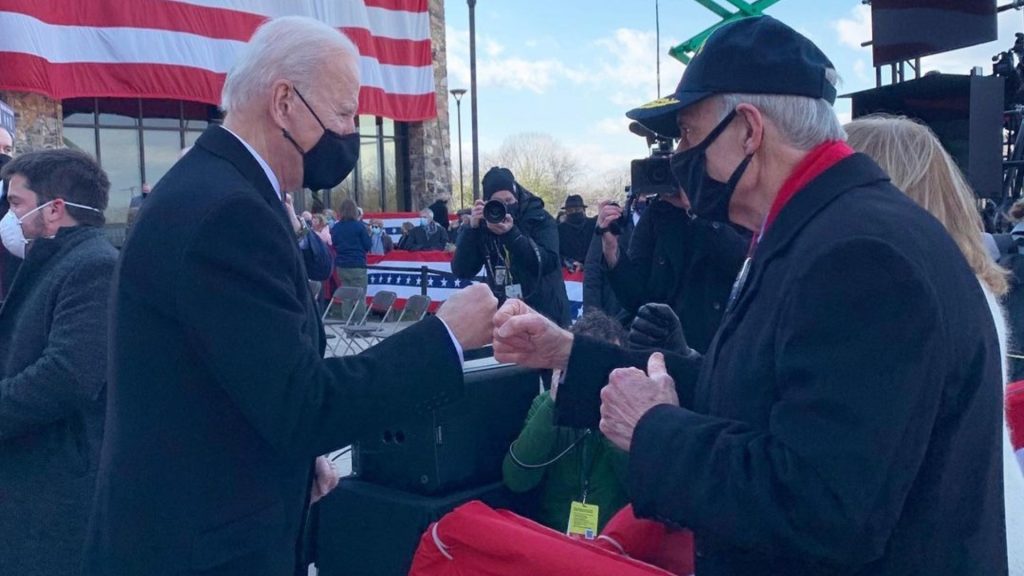
Consumer spending habits, on the other hand, can be an effective bellwether of change. Companies who want to see higher volume of sales as well as higher profits will have to make decisions regarding their pricing, and if the consumers have anything to say about it, the companies will not be raising their prices by double digit percentages this year, or any year soon.

